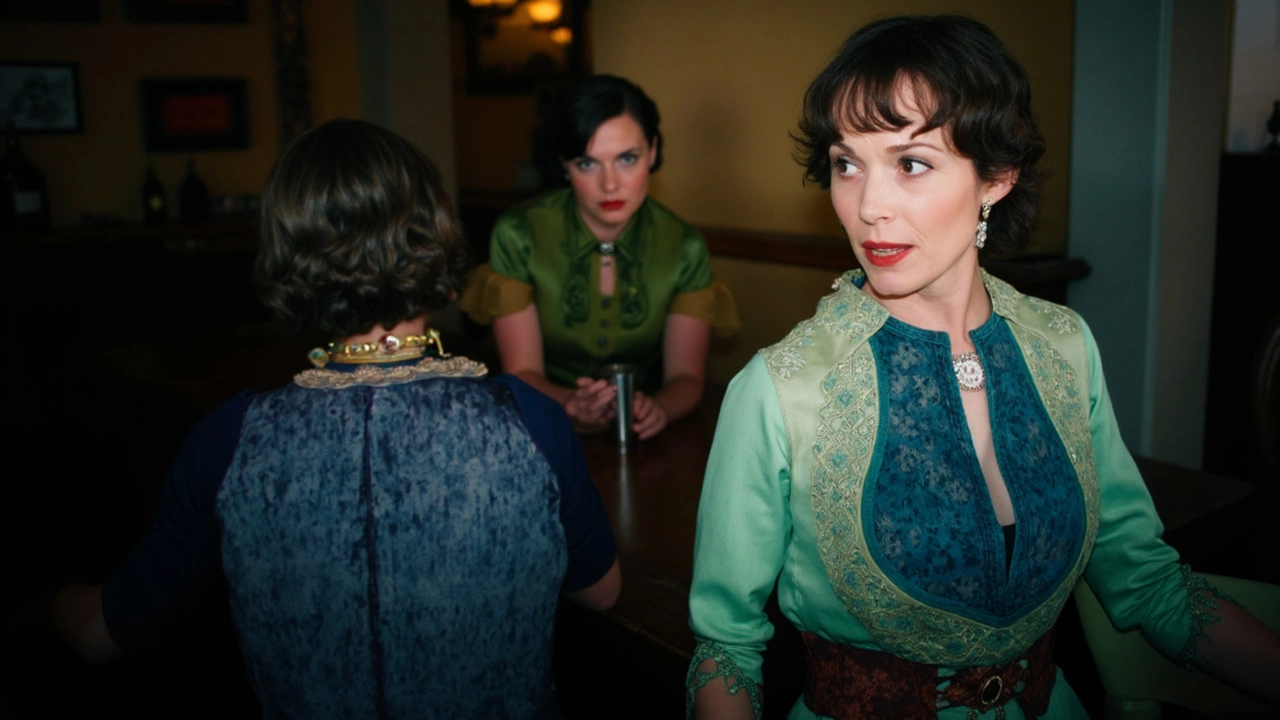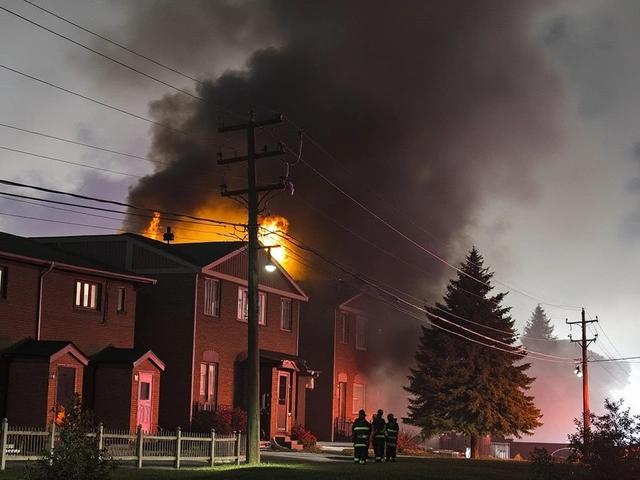When Erin Doherty stepped into her royal shoes as Princess Anne in *The Crown*, few might have imagined that her next major role would take her into the gritty underbelly of Victorian London. In Steven Knight's gripping period drama, *A Thousand Blows*, Doherty portrays Mary Carr, the formidable leader of the Forty Elephants gang, a real-life all-female crime syndicate operating amidst the smoke and fog of the Elephant and Castle area.
Set in an era when women had limited agency and opportunities, the Forty Elephants harnessed their resourcefulness and the restrictive fashion of the time as tools for rebellion. The notorious gang was known for their daring thefts, cleverly concealing stolen goods within the voluminous skirts and cleverly designed garments that the Victorian era afforded them. The series captures the ingenuity and audacity of these women, as they navigated a world often hostile to their very existence. Mary Carr, played by Doherty, emerges as the 'original Queen' of the gang, succeeding the infamous Alice Diamond and continuing the legacy of a group that history largely seems to have overlooked.
One of the fascinating aspects Doherty brings to the role is her fresh knowledge of the gang's operations. Until taking on the role, she had no awareness of these women who orchestrated heists from the 1870s to the 1950s. To do justice to her character, Doherty immersed herself in the times, even taking pickpocketing classes to authentically portray Mary Carr's life of crime. She highlights how understanding these skills cultivated a new sense of confidence, not just in portraying her character but also giving a glimpse into the resourcefulness these women needed to survive.
The series intertwines the gang's escapades with the vibrant but dangerous world of underground boxing, featuring intriguing characters such as Hezekiah, a Jamaican immigrant portrayed by Malachi Kirby, and the feared boxer Sugar Goodson, played by Stephen Graham. These characters depict the diverse and often harsh reality experienced by many in that era, adding another layer to the series’ exploration of societal constraints and cultural clashes.
In taking on Mary Carr, Doherty relished in the creative freedom the role provided. Unlike the strict boundaries of portraying a well-known real-life figure like Princess Anne, Mary Carr allowed Doherty the space to invent and interpret, given that Carr’s life wasn’t extensively documented. This allowed her to delve deeply into how the heavy, luxurious costumes of the period influenced her character's physicality. Describing the skirts as 'armor,' she notes how they impact movement and presence—an unintended consequence that likely mirrored the experience of Victorian women themselves.
Although the gang's prominence began to wane in the 1920s following violent internal power struggles, their intricate operations and defiance in the face of adversity left an indelible mark. Doherty's portrayal aims to bring light to their resilience and the structural societal forces that pushed many women into a life of crime, turning their struggles into a narrative of survival and defiance against the societal norms of their time.





